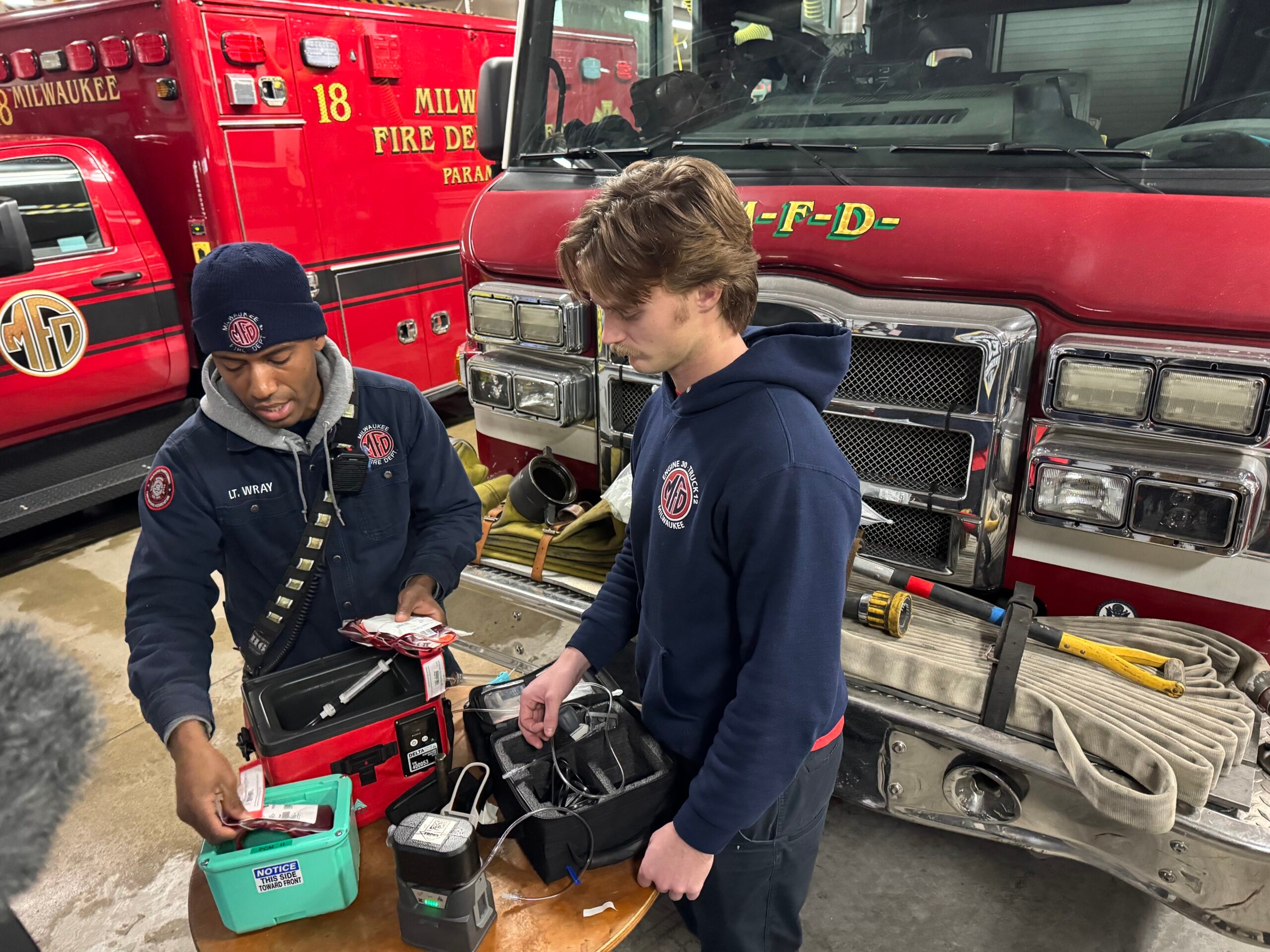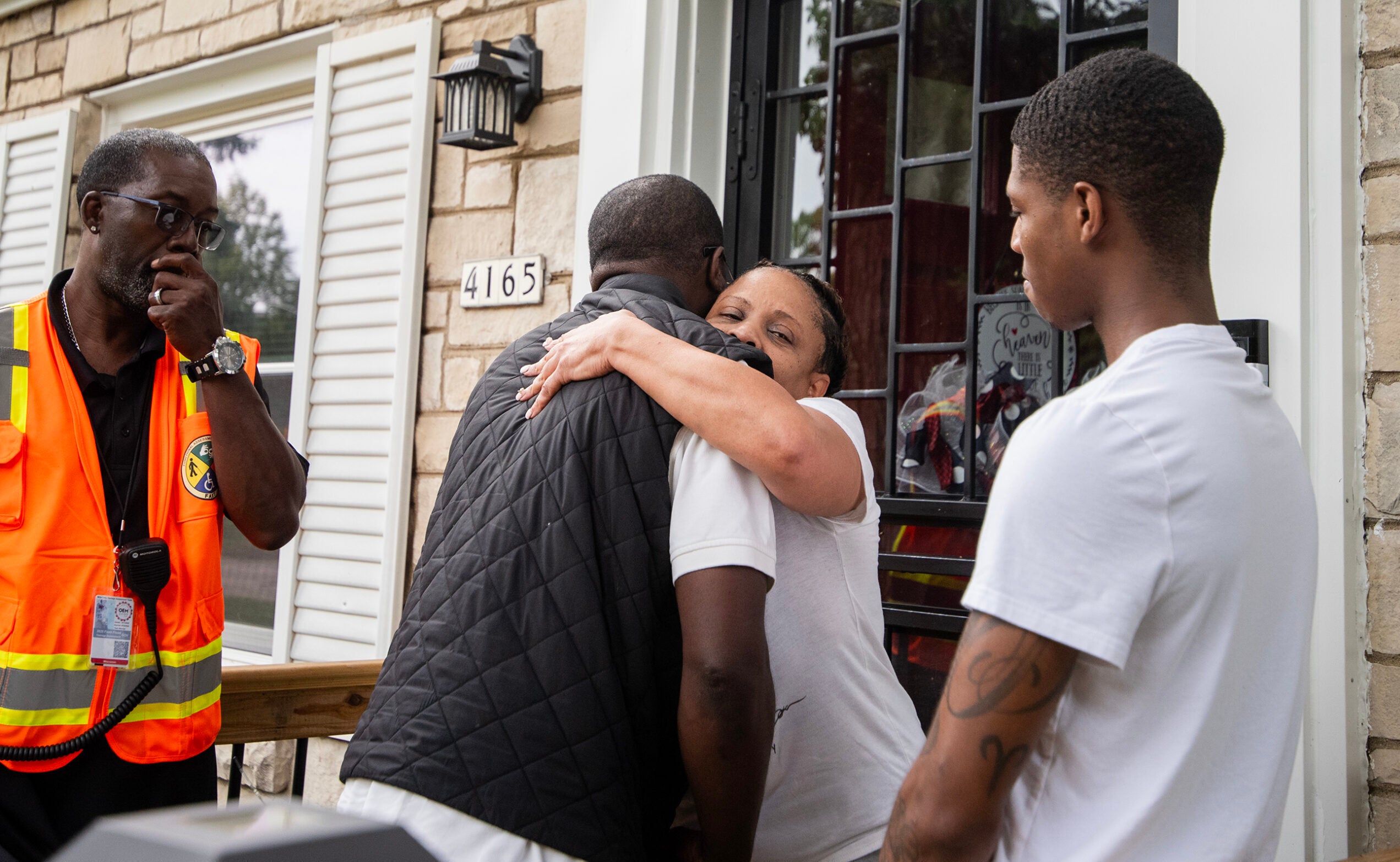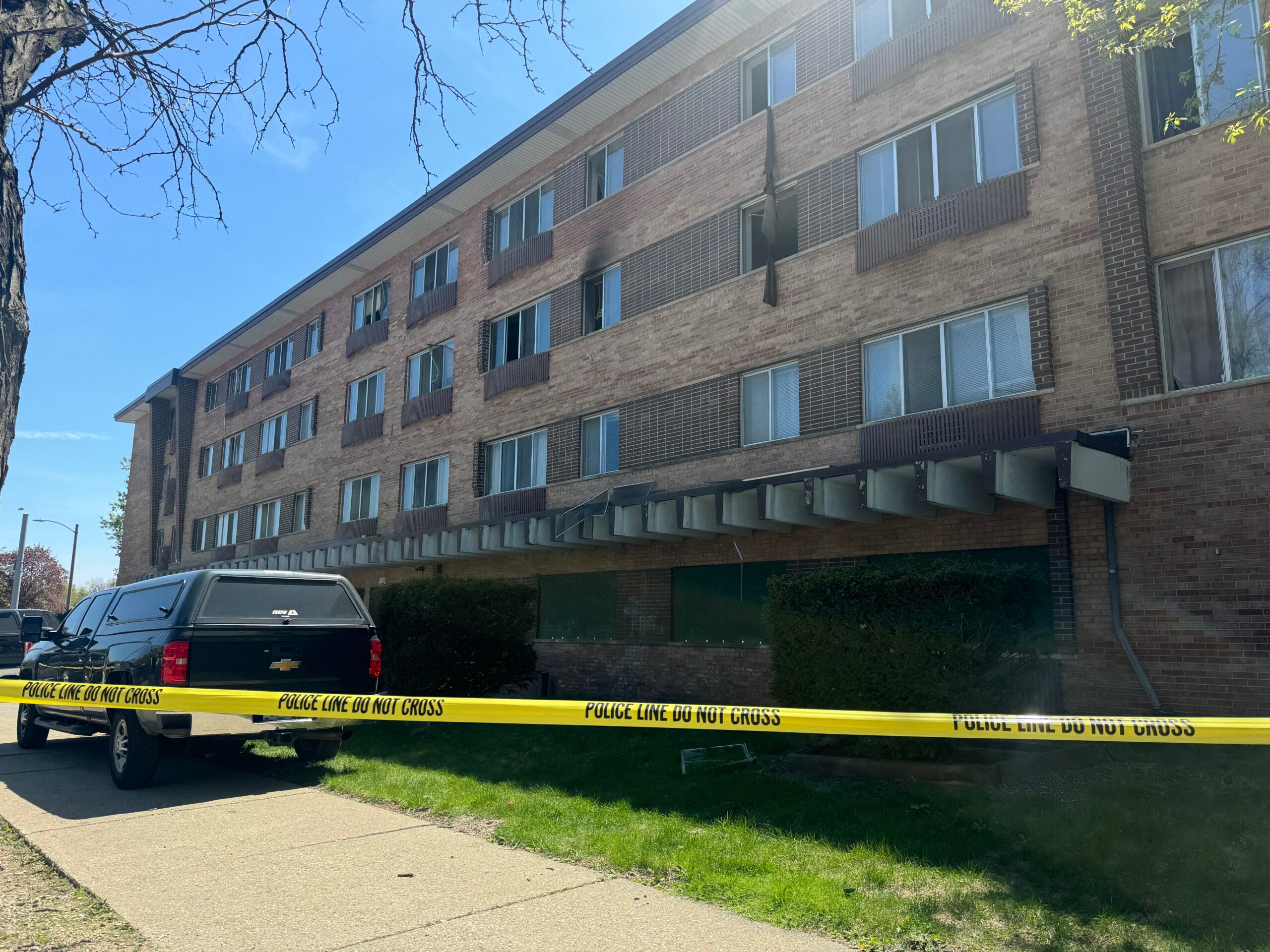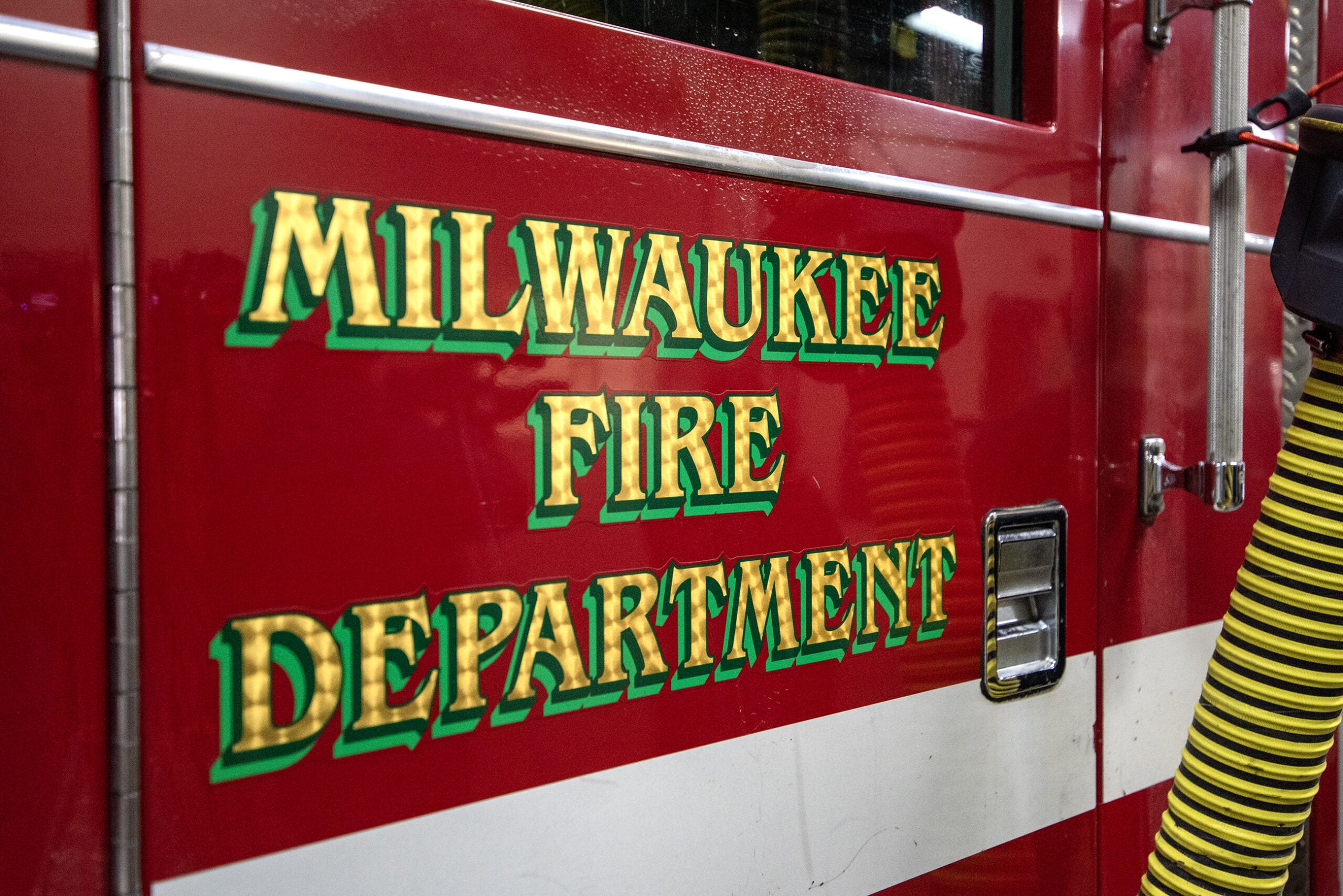Paramedics in Milwaukee will now get out of their vehicle to look for patients when responding to calls in extreme weather or when there’s reduced visibility or obstructions at a scene.
The change comes weeks after 49-year-old Jolene Waldref died in Milwaukee in subzero temperatures. Paramedics with Curtis Ambulance didn’t get out of their vehicle to look for the woman, who had called 911 for help. She died after she was found unconscious on the ground by a passerby after the paramedics drove away.
The CEO of Curtis Ambulance defended the actions of his employees after the incident. That response sparked outrage in the community and was met with heavy criticism from local officials on the Milwaukee Common Council. The council voted to delay discussing new contracts for Curtis Ambulance and Bell Ambulance, the city’s two private ambulance companies.
News with a little more humanity
WPR’s “Wisconsin Today” newsletter keeps you connected to the state you love without feeling overwhelmed. No paywall. No agenda. No corporate filter.
On Tuesday, the council unanimously approved the contracts for those companies after the companies agreed to policy changes to ensure a similar death doesn’t occur in Milwaukee.
Paramedics with the companies and with the Milwaukee Fire Department must now exercise their “due diligence” when looking for a patient at a scene. That includes exiting their vehicles and looking for patients in extreme weather or environmental conditions or when there’s obstructions or reduced visibility.
“It’s unfortunate that a tragedy had to occur for that to happen,” Milwaukee Alder Lamont Westmoreland said. “But I’m happy it was done.”
Westmoreland pushed for the change following Waldref’s death. He said after discussions, all three entities were on board with the policy updates.
“We made this change — maybe in five, 10 years, maybe that’s not good enough, maybe we have to do more,” he said. “I think it’s our job to continuously look for ways to improve.”
Medical calls to Milwaukee’s 911 system are split between the Milwaukee Fire Department and the private ambulance companies. Bell and Curtis respond to low priority calls in the city, which can include basic life support calls like broken bones and cuts.
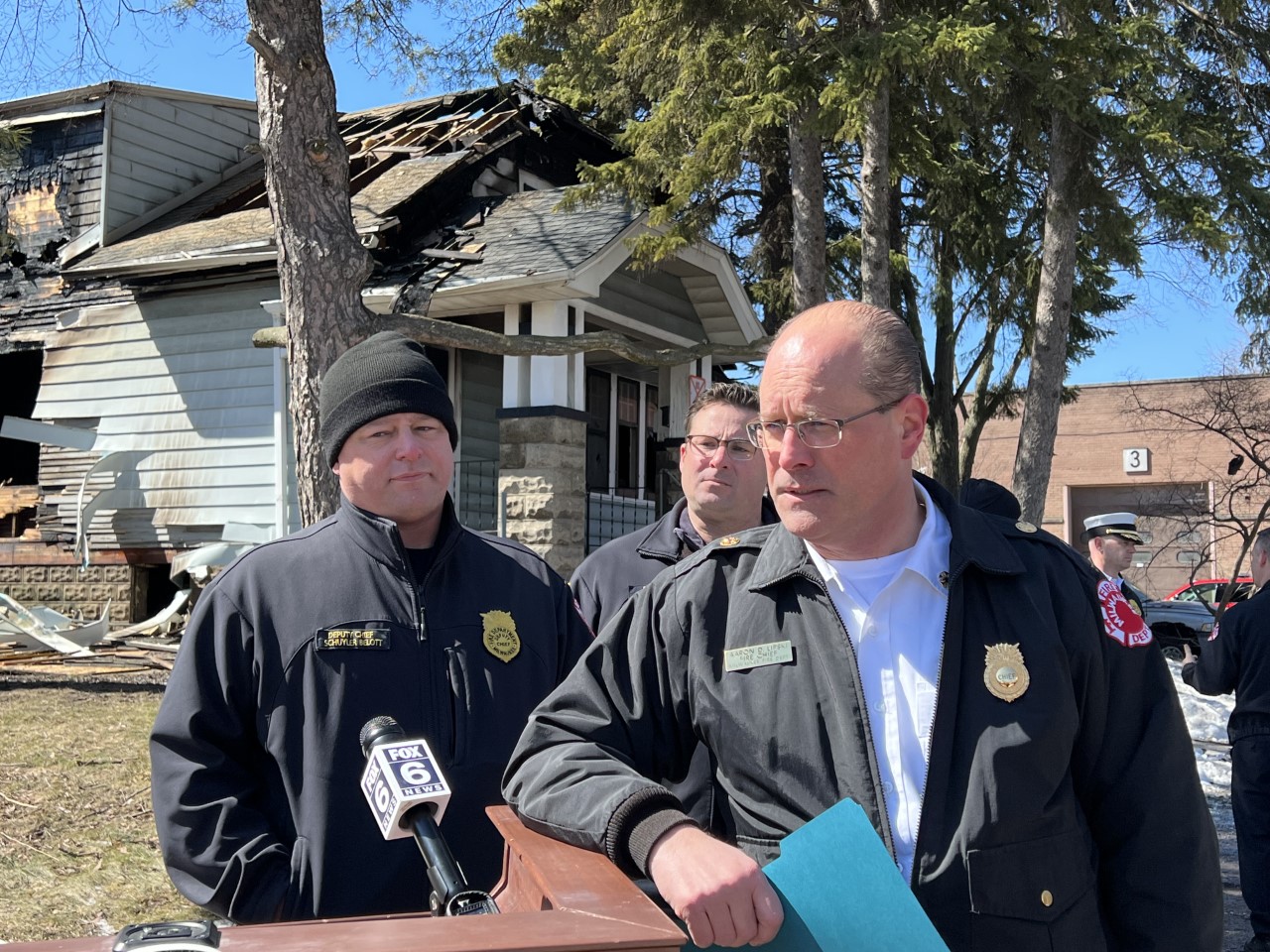
In a memo, Milwaukee Fire Chief Aaron Lipski said other changes made following the incident include dispatching a fire engine along with Curtis Ambulance or Bell Ambulance in extreme weather scenarios when the patient may be exposed to the elements. The “extreme weather” scenarios include when the wind chill is below -10 degrees or when the temperature is above 90 degrees.
Under the new policy, when patients are “not immediately present,” first responders must ask 911 dispatchers to attempt to call the person back, interact with bystanders who may know more about the patient’s location and use their lights and sirens when they arrive at a scene to make themselves more visible.
Lipski declined to comment on the changes Tuesday. In a memo, Lipski said the companies and fire department will “continue to evaluate and assess the need for any other system changes that will help prevent an occurrence.”
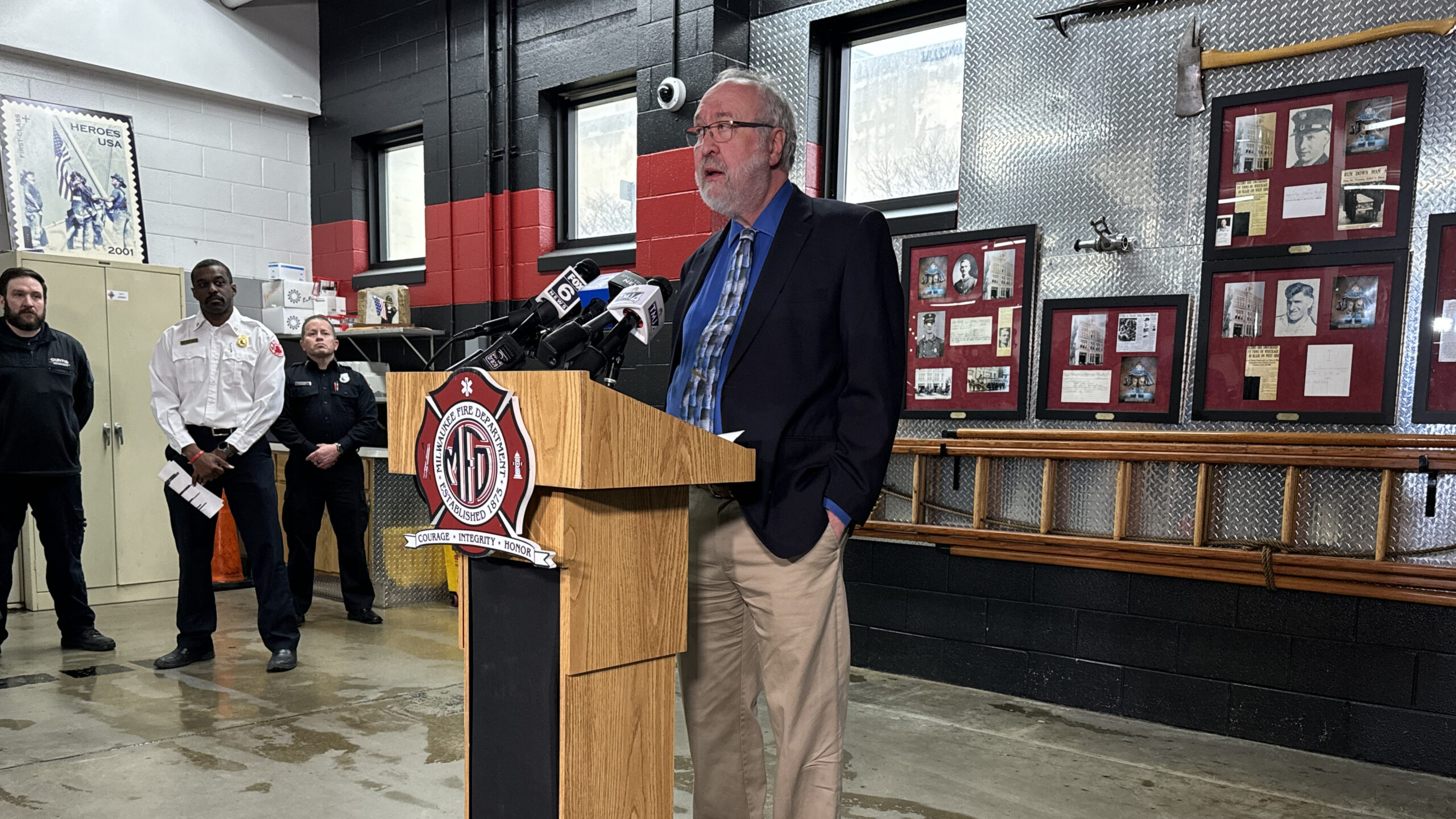
Laura Albert, an industrial and systems engineering professor at the University of Wisconsin-Madison, said the new measures are “extremely targeted” and will only change operations in specific situations.
“I think it’s a reasonable new measure,” Albert said.
Westmoreland said in discussions with Lipski he wanted to ensure the changes wouldn’t lead to higher response times. Albert said the new measures aren’t too burdensome for responders and shouldn’t increase the response times for other calls.
“I think it’s a pretty reasonable approach to mitigating risk while not introducing new problems,” she said.
A spokesperson for Milwaukee Mayor Cavalier Johnson said the mayor will review the new contract once he sees it but he believes the mayor will sign it.
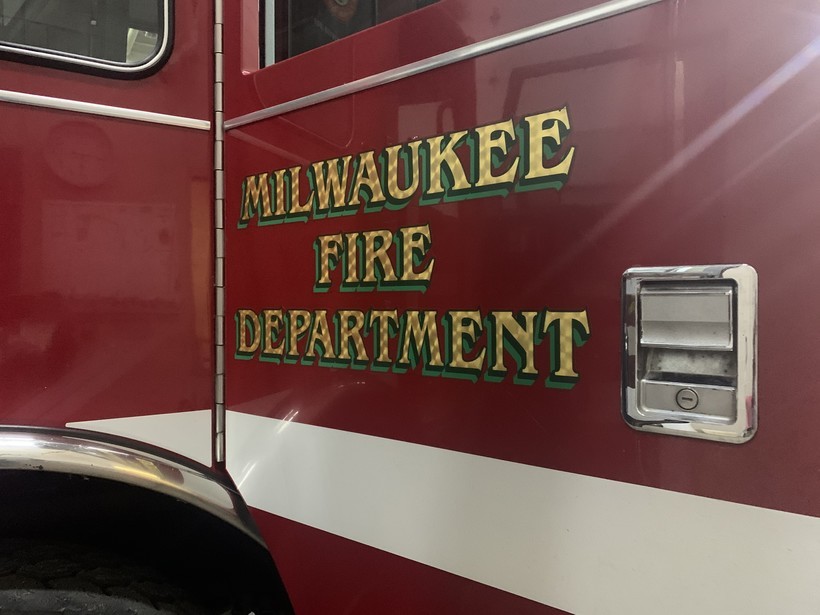
What happened?
Waldref called 911 for help while waiting for a bus in subzero temperatures on the city’s north side in January.
On a 911 call, Waldref can be heard saying “I cannot breathe” when dispatchers asked her why she called 911. When she was asked what happened, she responded by saying “I don’t know.”
During a Jan. 30 news conference, Curtis Ambulance CEO James Baker said his paramedics responding to Waldref’s 911 call were unable to locate her after driving through the intersection twice. They also attempted to call Waldref but left when she didn’t answer her phone.
About 20 minutes later, bystanders called 911 again after finding Waldref unconscious at the intersection. They stayed with her until paramedics with the Milwaukee Fire Department arrived at 5:52 p.m. following the second call.
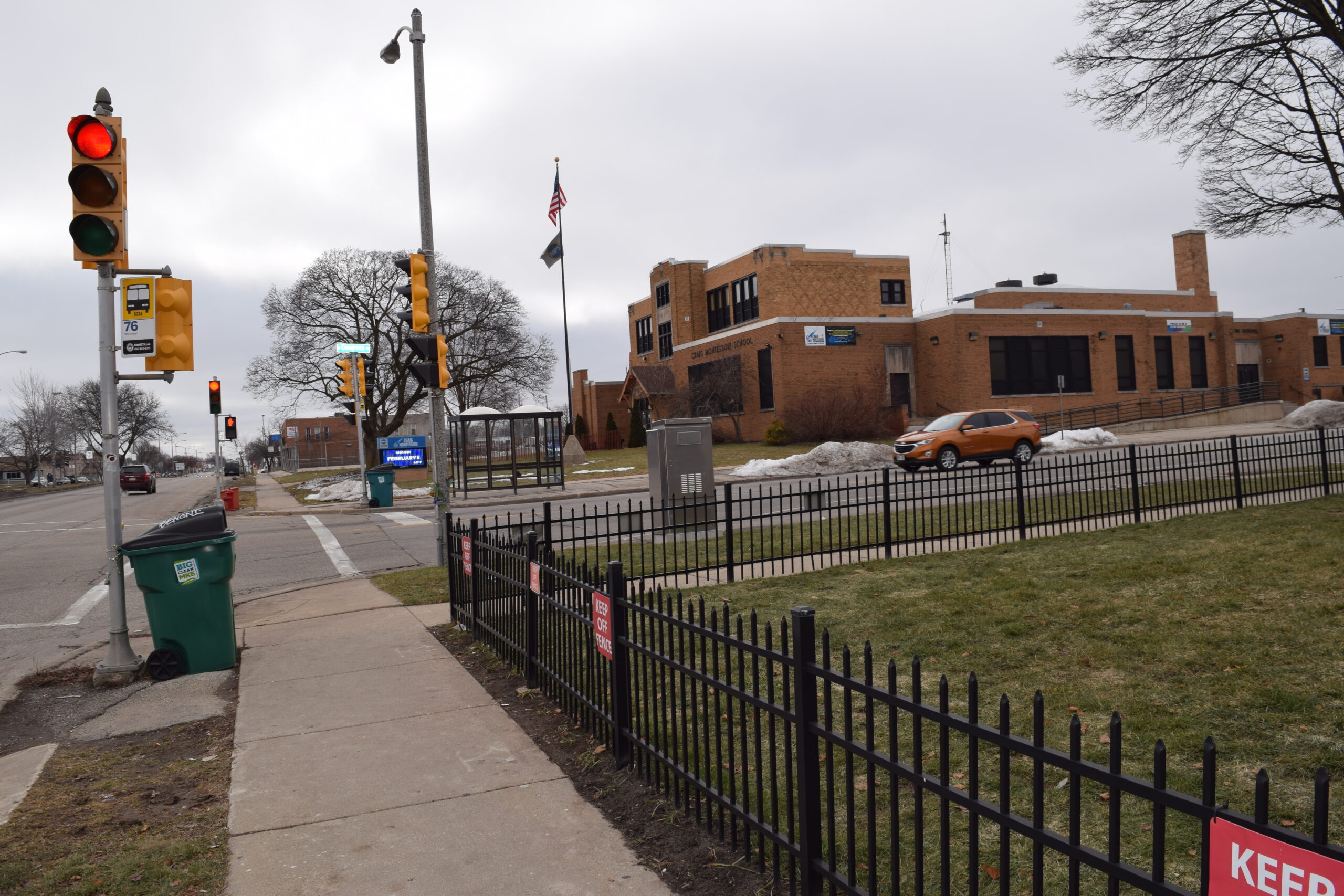
By that time, Waldref’s heart had stopped. Paramedics were unable to revive her. The Milwaukee County Medical Examiner’s Office is still investigating the death as probable hypothermia. A spokesperson for the office said Tuesday her autopsy is still pending.
Waldref — whom her former neighbor described as a positive person who would go out of her way to help others — leaves behind two daughters, ages 14 and 21.
Wisconsin Public Radio, © Copyright 2025, Board of Regents of the University of Wisconsin System and Wisconsin Educational Communications Board.



